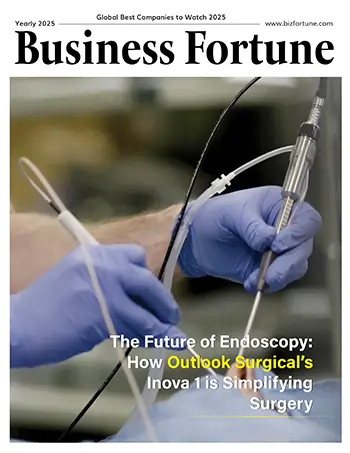Home Innovation 3D Printing New 3D-Printing Breakthrough: ...
New 3D-Printing Breakthrough: Light-Controlled Resin Builds and Dissolves in a Single Step
3D Printing

Business Fortune
06 June, 2025
A novel light-sensitive resin simplifies intricate 3D printing in a single pot by allowing simultaneous printing and support dissolution.
One-pot recipes simplify and speed up meal preparation. Additionally, one-pot 3D printing could be advantageous for additive manufacturing. Researchers have now shown that, depending on the kind of light it is exposed to, a novel resin may simultaneously form solid things and dissolve structural supports (ACS Central Science). The method may expand the uses of 3D-printed parts, such as hinges, joints, and scaffolds for tissue engineering.
Maxim Shusteff, one of the study's co-authors, said that while Vat photo polymerization is known for its speed and high-resolution printing, one of the most nerve-racking parts of the post-printing procedure is manually removing supports for intricate interlocking and overhanging structures. The fact that they can fix this problem with basic chemistry excites them greatly.
After photoreactive liquid resins are exposed to light beams, vat polymerization creates solid three-dimensional objects. Generally speaking, this 3D printing technique is quick and affordable. However, supports like temporary scaffolds are typically needed for complicated structures made using vat polymerization. These scaffolds are added after the initial object has been dipped in a second resin batch. Due to the additional glue and work needed to remove the temporary supports, this second phase prolongs the procedure and increases costs. Shusteff, Sijia Huang, and colleagues have developed a one-pot method of vat polymerization by producing a single resin that forms permanent and dissolvable materials in response to UV and visible light, respectively. In order to print an item and its supports at the same time, the researchers also developed a unique 3D printer that produces both kinds of light.
Researchers combined epoxy, acrylate/methacrylate monomers, and photoreactive materials to create a one-pot resin. They discovered that exposure to visible light solidified the acrylate monomers into dissolvable support materials, while UV light caused the epoxy monomers to solidify into a permanent component. After dissolving the support material in sodium hydroxide, the final object was visible after fifteen minutes, with the scaffolds breaking down into harmless substances.


































